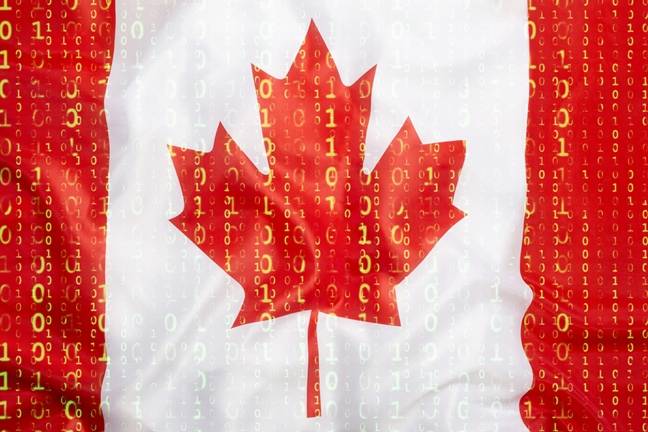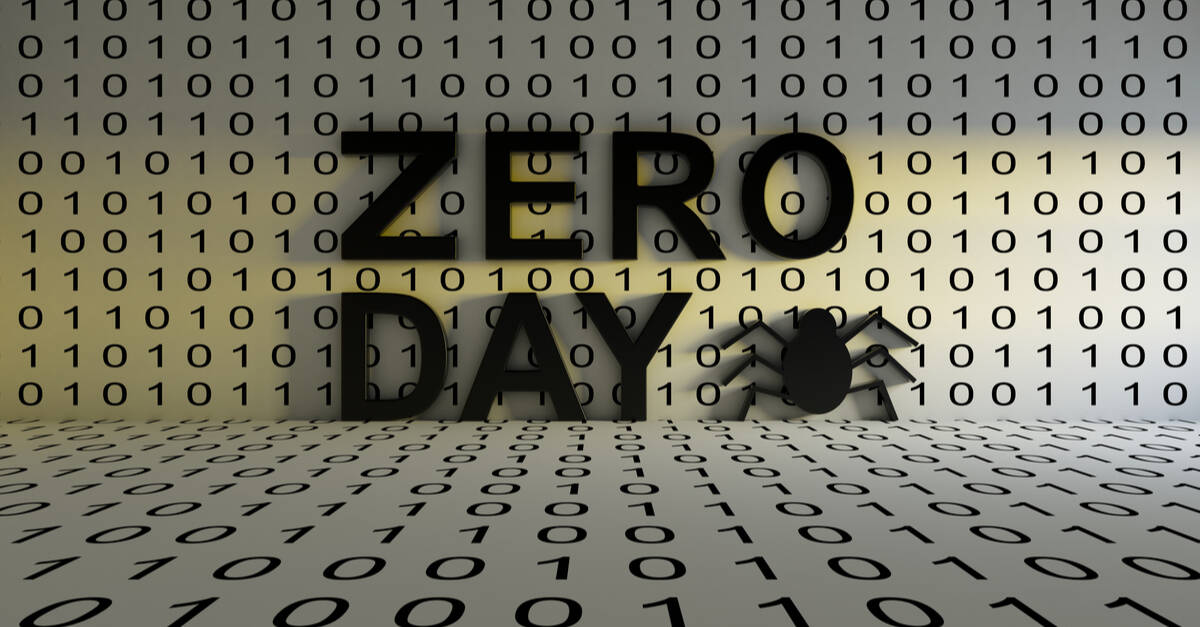BOOK THIS SPACE FOR AD
ARTICLE AD29. July 2021
This article has been indexed from Deeplinks
Body bags claiming that “disinformation kills” line the streets today in front of Facebook’s Washington, D.C. headquarters. A group of protesters, affiliated with “The Real Facebook Oversight Board” (an organization that is, confusingly, not affiliated with Facebook or its Oversight Board), is urging Facebook’s shareholders to ban so-called misinformation “superspreaders”—that is, a specific number of accounts that have been deemed responsible for the majority of disinformation about the COVID-19 vaccines.
Disinformation about the vaccines is certainly contributing to their slow uptake in various parts of the U.S. as well as other countries. This disinformation is spreading through a variety of ways: Local communities, family WhatsApp groups, FOX television hosts, and yes, Facebook. The activists pushing for Facebook to remove these “superspreaders” are not wrong: while Facebook does currently ban some COVID-19 mis- and disinformation, urging the company to enforce its own rules more evenly is a tried-and-true tactic.
But while disinformation “superspreaders” are easy to identify based on the sheer amount of information they disseminate, tackling disinformation at a systemic level is not an easy task, and some of the policy proposals we’re seeing have us concerned. Here’s why.
1. Disinformation is not always simple to identify.
In the United States, it was only a few decades ago that the medical community deemed homosexuality a mental illness. It took serious activism and societal debate for the medical community to come to an understanding that it was not. Had Facebook been around—and had we allowed it to be arbiter of truth—that debate might not have flourished.
Here’s a more recent example: There is much debate amongst the contemporary medical community as to the causes of ME/CFS, a chronic illness for which a definitive cause has not been determined—and which, just a few years ago, was thought by many not to be real. […]
Read the original article: Disentangling Disinformation: Not as Easy as it Looks
By continuing to use the site, you agree to the use of cookies. more information
The cookie settings on this website are set to "allow cookies" to give you the best browsing experience possible. If you continue to use this website without changing your cookie settings or you click "Accept" below then you are consenting to this.
.png)















 Bengali (Bangladesh) ·
Bengali (Bangladesh) ·  English (United States) ·
English (United States) ·